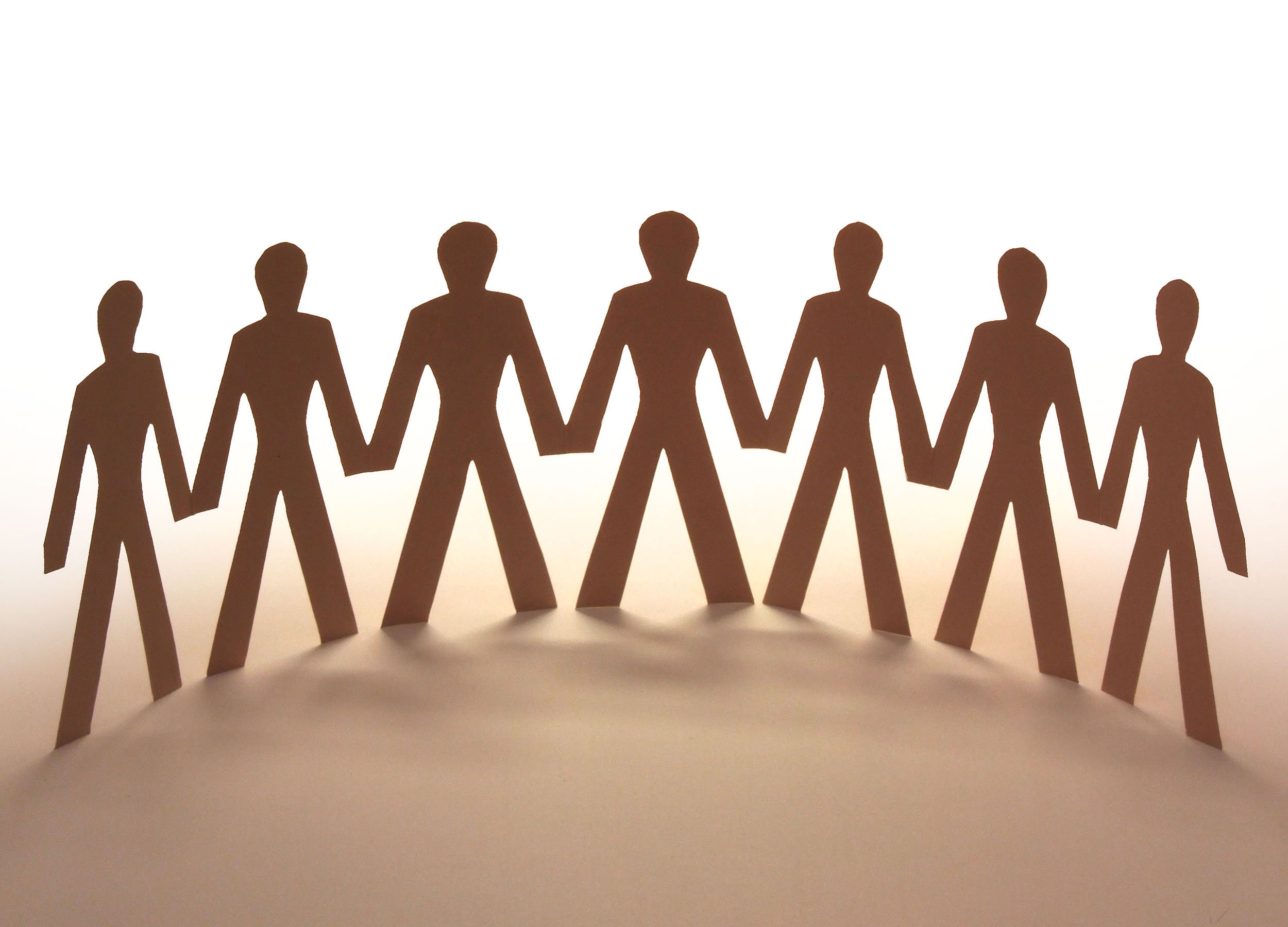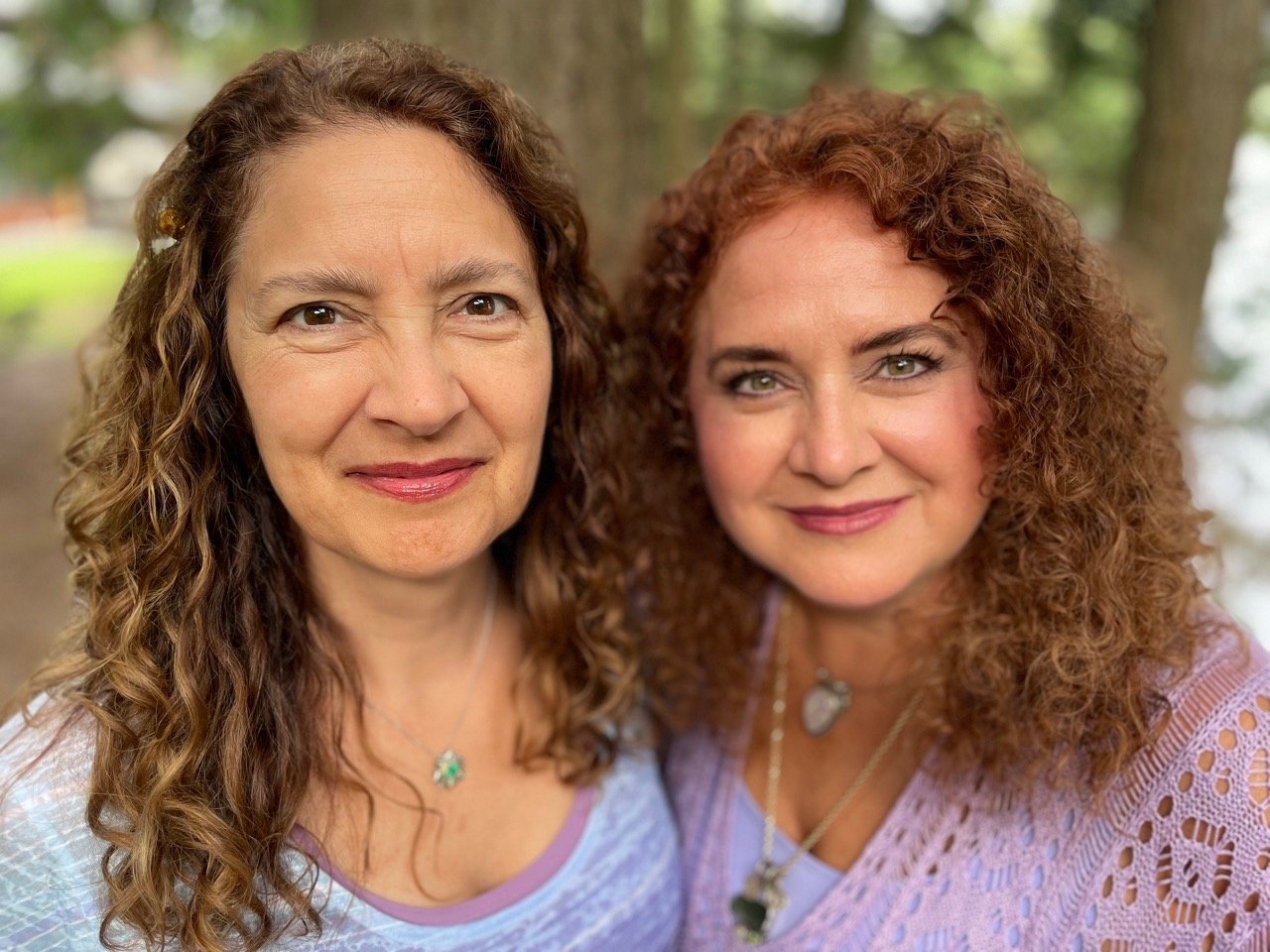Flourish in captivity
/Keywords
Resilience - Kidnap - Trauma – Change – Challenge – Recovery – Healing – Depression – Stockholm Syndrome
In this episode of Resilience Unravelled Gloria Londono shares her traumatic experience of being kidnapped and held in captivity when she was 25 years old and how the experience led her to leave her country and immigrate to the US. Gloria reveals how she developed an attachment to one of her captors due to the Stockholm syndrome and the challenges she faced after her release including a lack of proper support and therapy from her family.
She also recounts her journey seeking employment in the US and talks about the resilience and persistence she needed to apply for 40 jobs before securing a position in a hardware store. She also discusses her subsequent job in a produce company where she overcame language barriers with the help of her manager to improve her communication skills. She eventually started her own business and then met her ex-husband. Together they built a successful company before she decided to leave the company to pursue her interests in coaching and writing.
Gloria's has experienced trauma, depression, and anxiety and she shares the coping mechanisms and tools she used to manage her symptoms, including journaling and therapy. She also talks about how writing her book, "Flourish in Captivity," about her traumatic experiences and journey towards healing, was a significant part of her recovery process.
Action items
You can find out more about Gloria at https://www.glorialondono.co/ Her memoir is Flourish In Captivity and she also has her own podcast, The Unbreakable Life with Glory, which offers audiences seeking healing and peace a blueprint for growth, forgiveness, gratitude, and hope.
You can listen to the podcast in full and find out further information here. Our upcoming guest list is also available along with our previous blogs.
Find out more about our innovative Resilience and Burnout solutions.




















